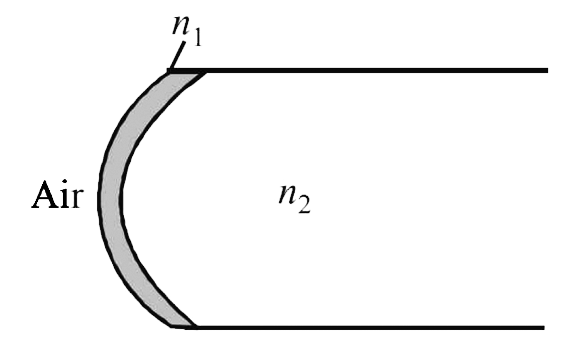A
B
C
D
Text Solution
Verified by Experts
The correct Answer is:
|
Topper's Solved these Questions
DAILY PRACTICE PROBLEM
RESONANCE|Exercise DPP No.15|20 VideosView PlaylistDAILY PRACTICE PROBLEM
RESONANCE|Exercise DPP No.16|9 VideosView PlaylistDAILY PRACTICE PROBLEM
RESONANCE|Exercise DPP No.13|20 VideosView PlaylistCURRENT ELECTRICITY
RESONANCE|Exercise High Level Problems (HIP)|21 VideosView PlaylistELECTRO MAGNETIC WAVES
RESONANCE|Exercise Exercise 3|27 VideosView Playlist
Similar Questions
Explore conceptually related problems
Knowledge Check
A
B
C
D
Submit
A
B
C
D
Submit
A
B
C
D
Submit
Similar Questions
Explore conceptually related problems
RESONANCE-DAILY PRACTICE PROBLEM-DPP No.14
- A transparent thin film of uniform thickness and refractive index n(1)...
03:33
|
Playing Now - Consider two cars moving perpendicular to each other as shown. Initia...
04:54
|
Play - Consider the situation in Fig. The bottom of the pot is a reflecting p...
10:25
|
Play - Two rays are incident on a spherical mirror of radius R = 5 cm paralle...
10:53
|
Play - Airplanes A and B are flying with constant velocity in the same vertic...
03:40
|
Play - Two cars A and B are racing along straight line. Car A is leading, suc...
04:27
|
Play - A stone is projected from level ground with speed u and ann at angle t...
08:15
|
Play - A stone is projected from level ground with speed u and ann at angle t...
08:15
|
Play - A stone is projected from level ground with speed u and ann at angle t...
08:15
|
Play
